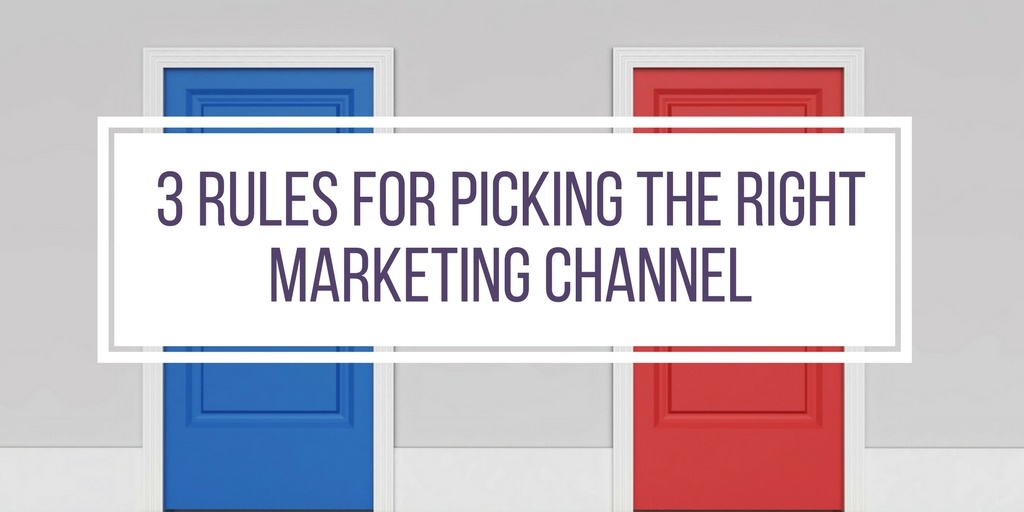

J&C Blog
Find all the latest marketing trends on the J&C Blog.

Find all the latest marketing trends on the J&C Blog.
As a marketing professional, it’s always exciting to address new questions.
New technologies are emerging daily and clients are looking for answers with app-like efficiency.
I was recently asked, “Do you have a tool for selecting the right marketing channel?”
My immediate follow-up was, “It depends. What are you looking to accomplish?”
The question was fascinating because it was a lot like asking doctors if they have a tool for choosing the right medication — a topic that requires serious consideration.
It would be medical malpractice to refer a patient to a web tool to self-diagnose and self-prescribe a drug, and it’s marketing malpractice to suggest that a web tool can prescribe the right channel for going to market.
This isn’t to say there aren’t wonderful customer relationship management (CRM) platforms that aggregate performance. Systems like Salesforce’s Sales Cloud, HubSpot’s CRM, Microsoft’s Dynamics 365 and Zoho CRM feature intuitively designed dashboards with real-time reporting. The question has more to do with how to choose the right marketing channel now that all the information is at your fingertips.
1. Know Your Primary KPI

Success metrics are only as good as the key performance indicators (KPIs) they are being measured against. If you’re working for a sales organization, chances are the only KPI that matters is conversion.
No matter how many likes your social media campaign has earned, if they can’t be attributed to sales, the effort won’t be considered a success.
Conversely, if your primary KPI is customer satisfaction, the number of likes your campaign has achieved is vital to demonstrating that your marketing investment paid off.
Many marketers cringe when considering the cost of direct mail. It’s often replaced with email by marketers looking for a lower cost of engagement.
Before making this choice, it is important that marketers consider the impact their decision will have on performance.
In a 2015 study, the Data & Marketing Association reported that direct mail outperforms all digital channels combined by nearly 600%. I’ve personally seen this number topping 900% in recent reporting.
Direct mail is still considered an alpha channel when it comes to response and conversions for certain industries and segments. That’s why it’s important to consider channel impact versus KPIs.
If driving revenue is your goal, give direct mail strong consideration. If driving engagement and soft KPIs suffice, consider lower-cost alternatives such as email, social channels or targeted digital display advertising.
Learn how to maximize direct mail performance and convert customers by downloading the Direct Mail Best Practices eBook.
As marketers, our business is as much about learning as it is about driving revenue and engagement. Be sure your approach tests various channel combinations at different frequencies. Incorporate test cells that measure the effectiveness of shorter and/or longer cadence intervals.
Lastly, be sure your campaign considers the holistic experience. The combination of direct mail, email, landing pages and digital media truly makes up the best approach. Whether you refer to it as integrated, multichannel or omnichannel marketing, the whole is almost always greater than the sum of a campaign’s individual channels.
Topics: Direct Marketing
303 E Wacker Drive, Suite 2030
Chicago, IL 60601
Phone: 312-894-3000
Fax: 312-894-3005